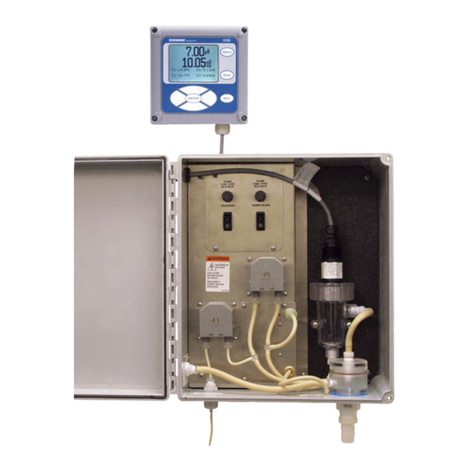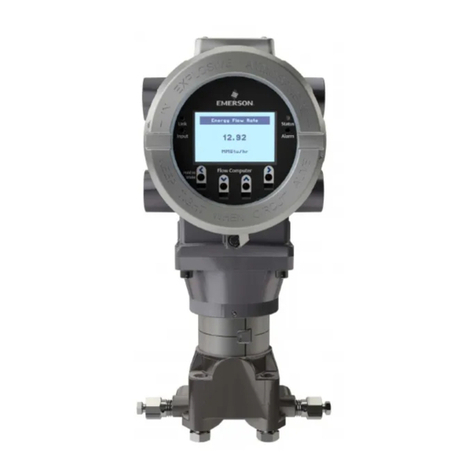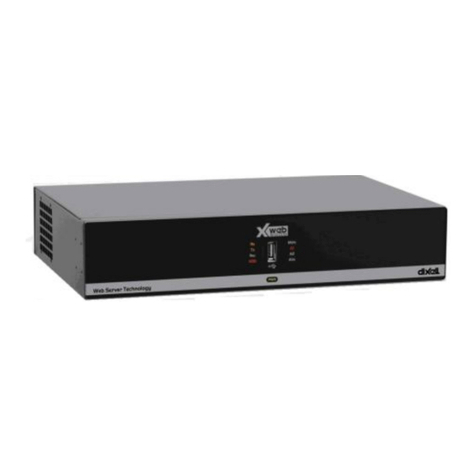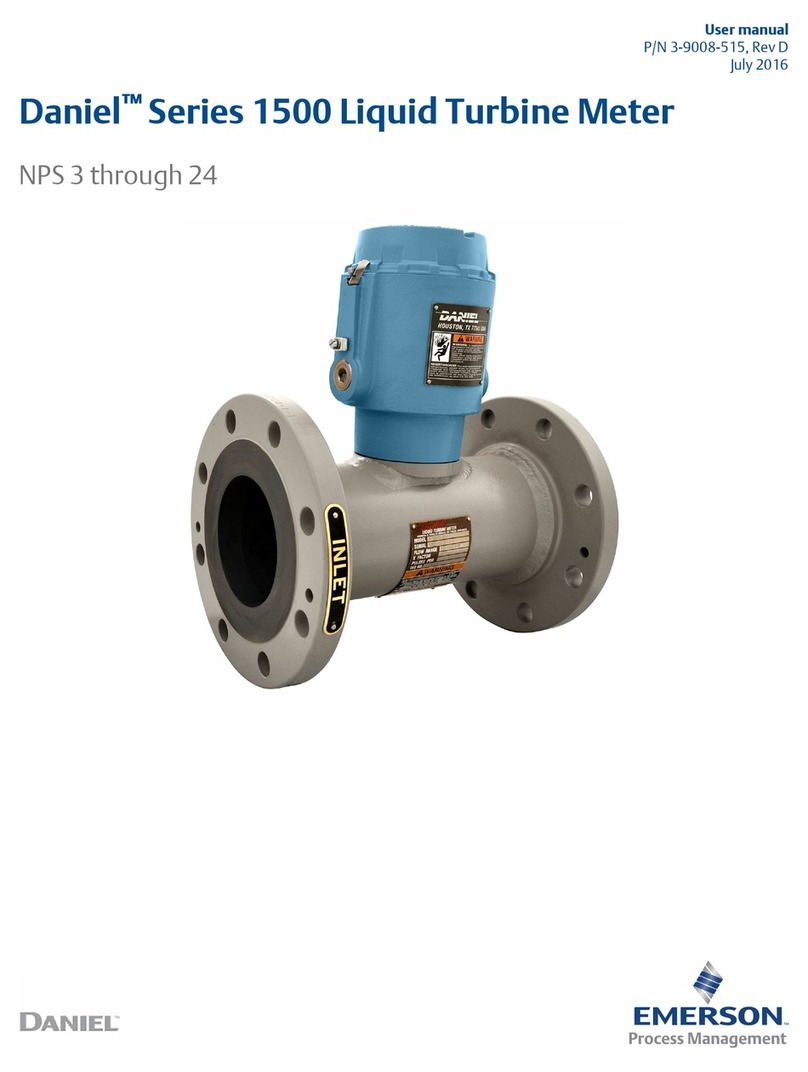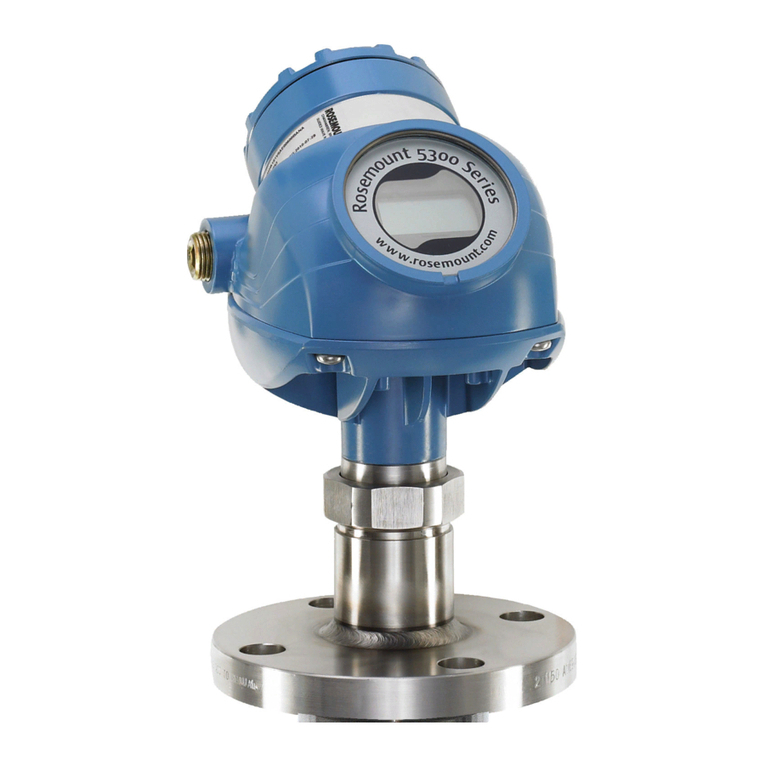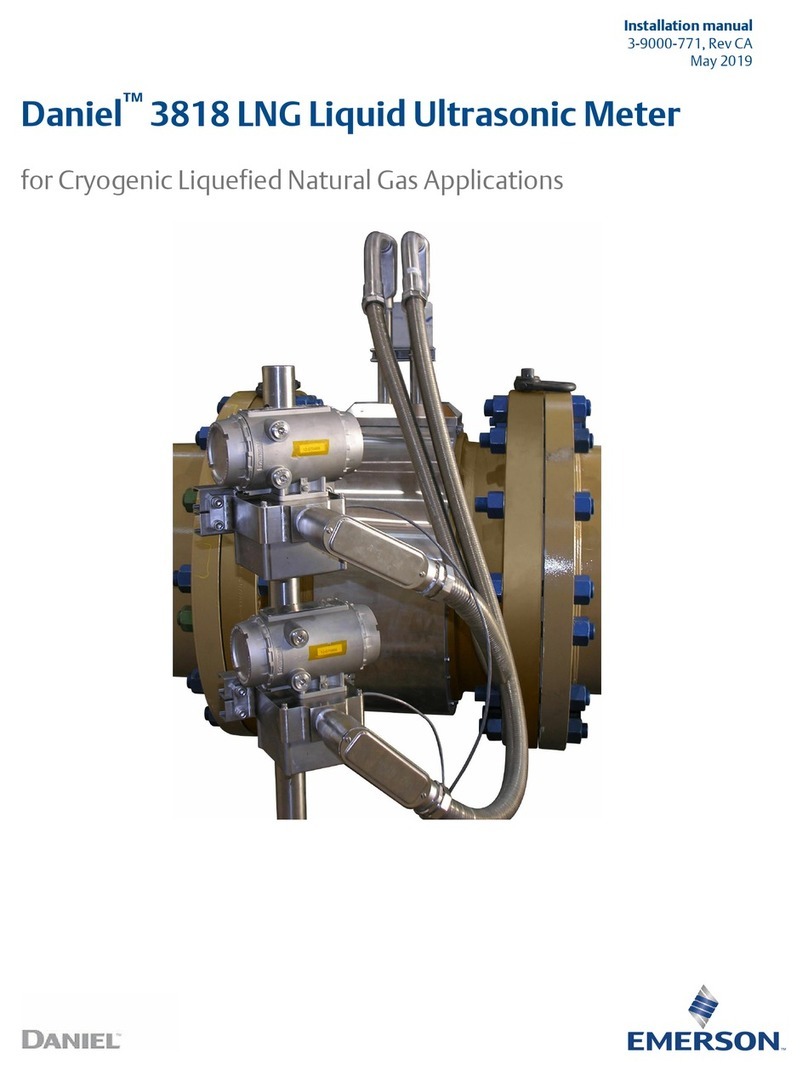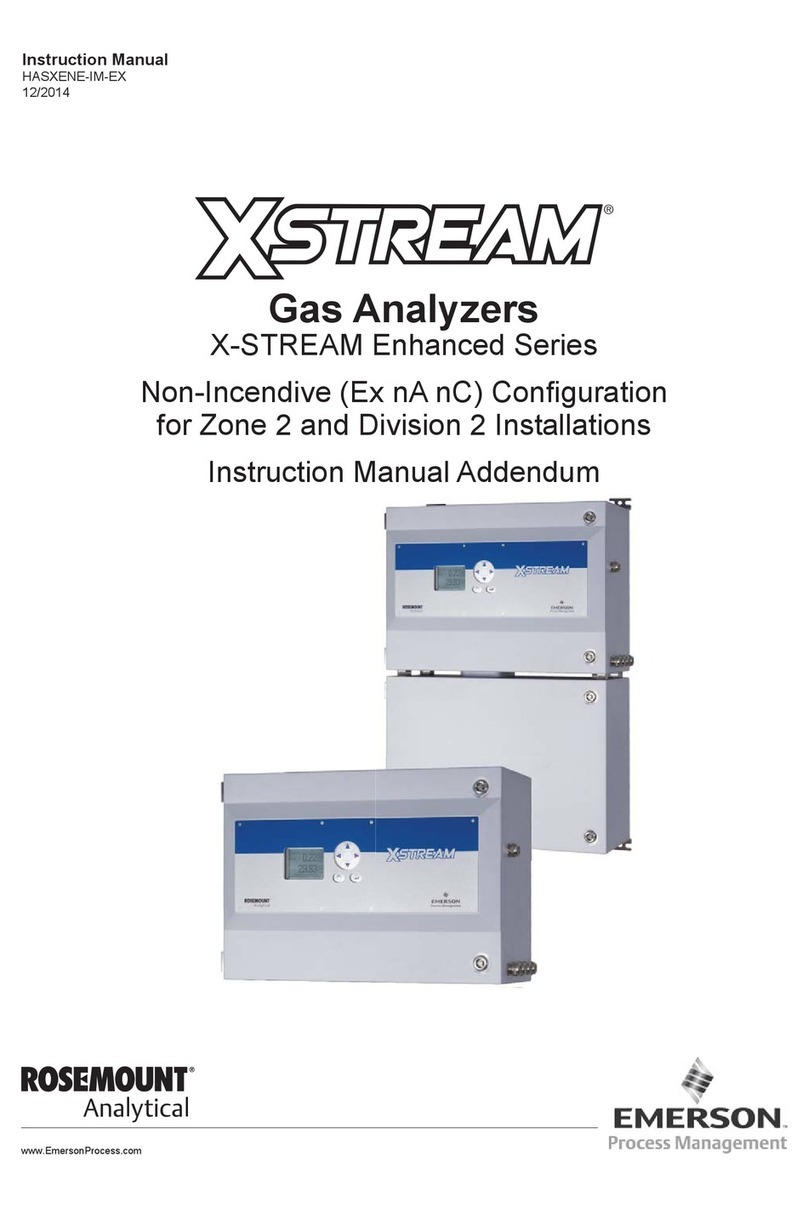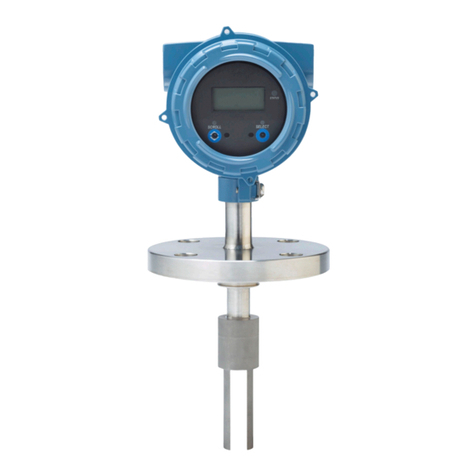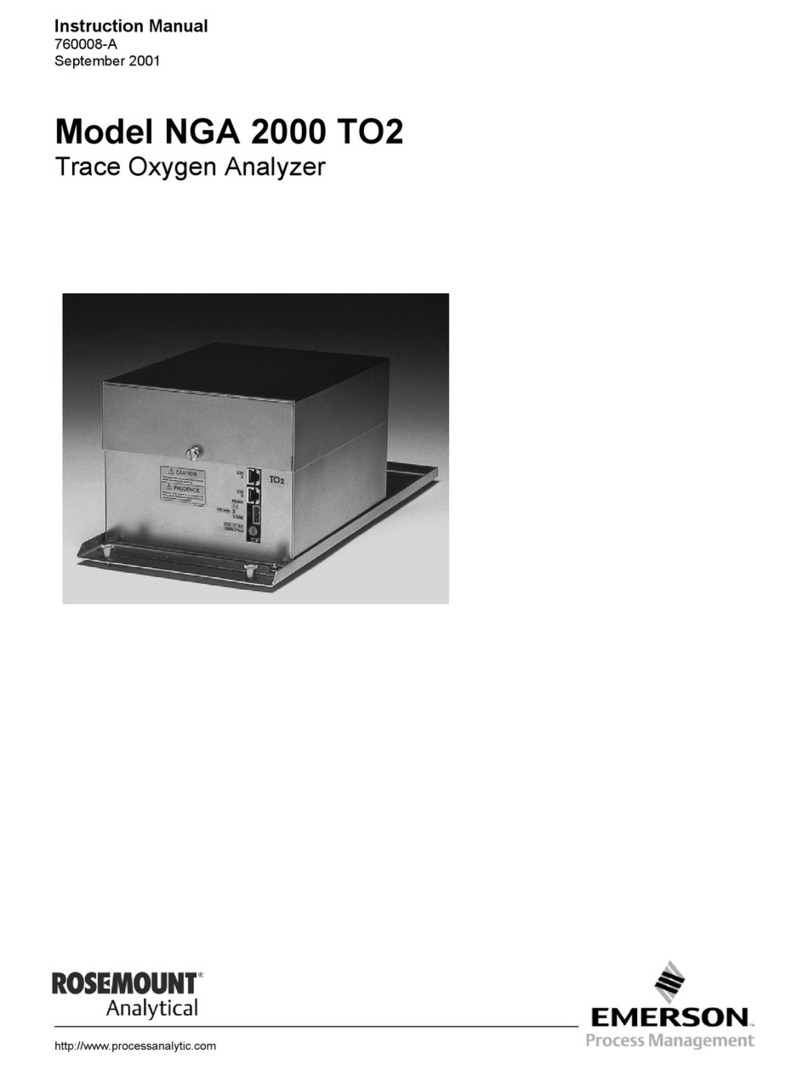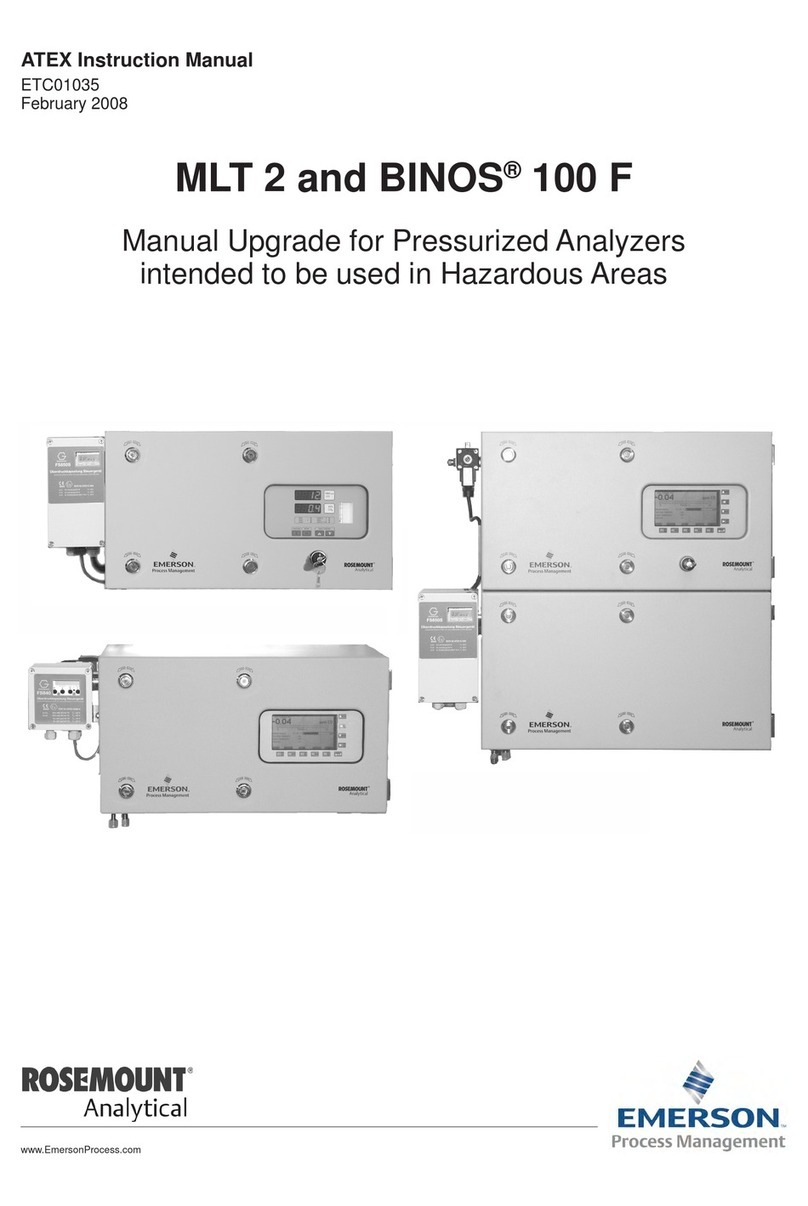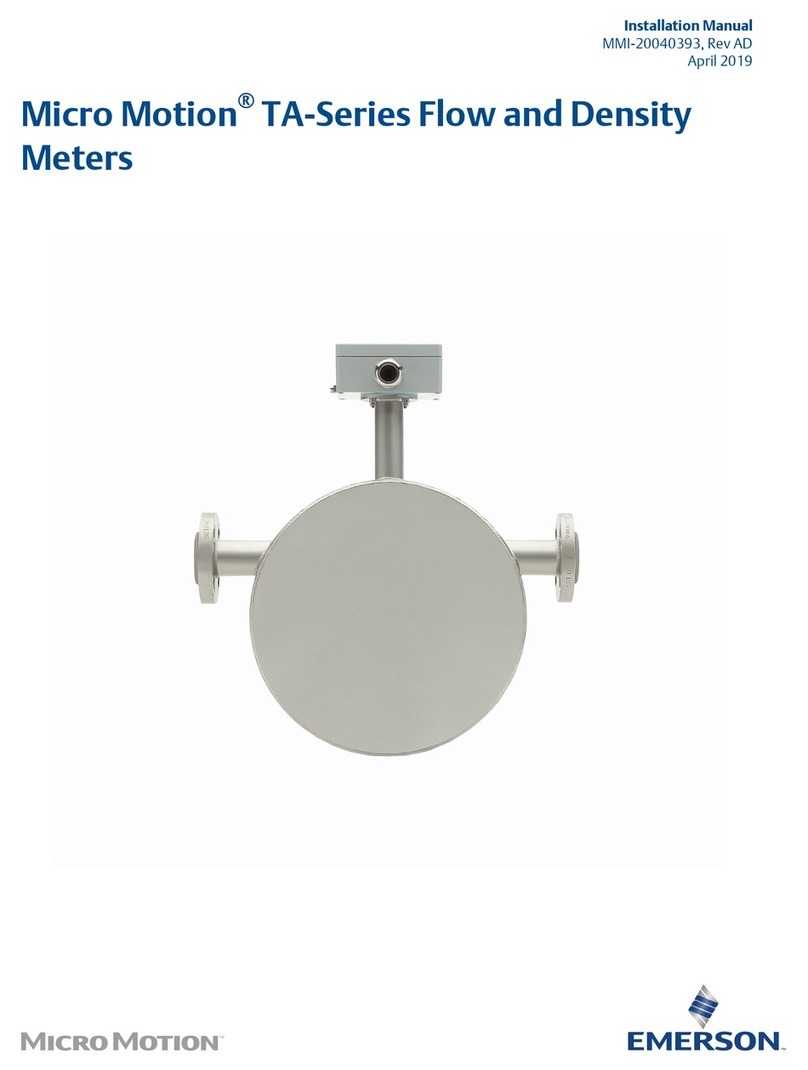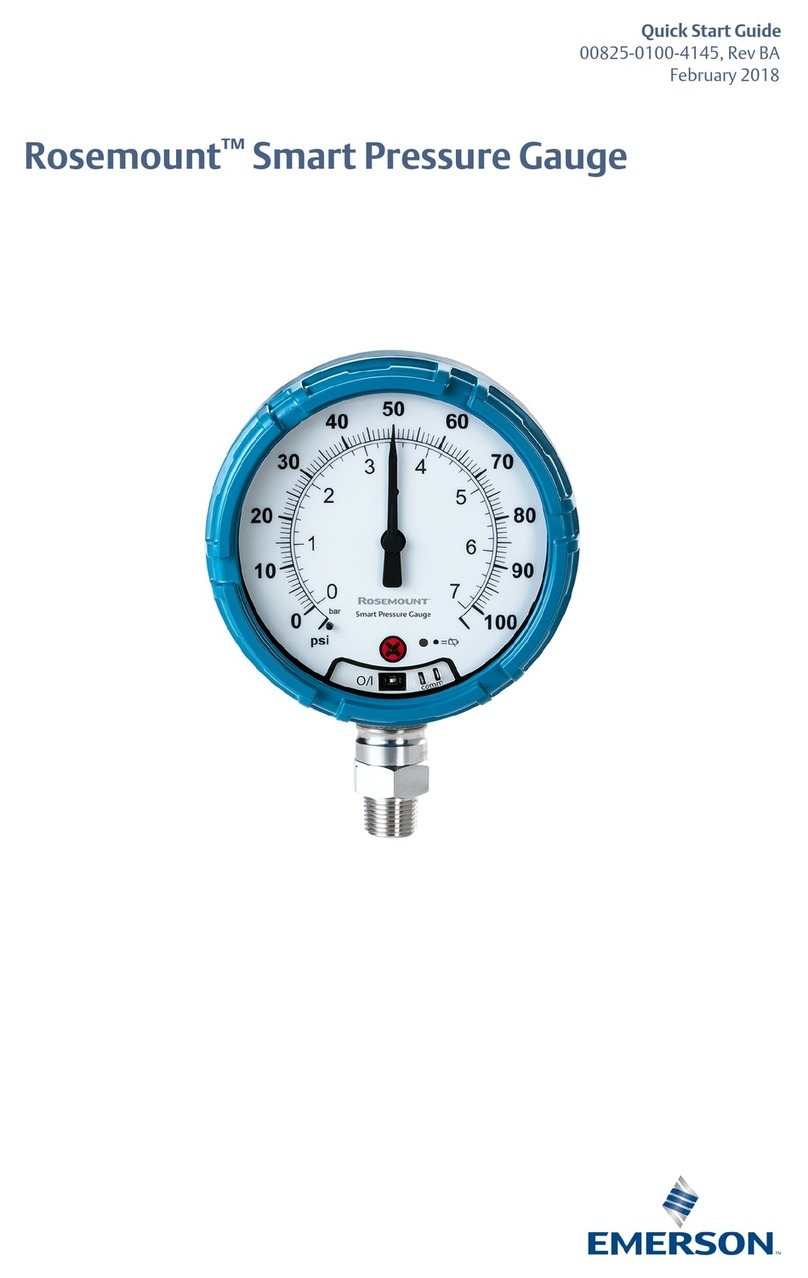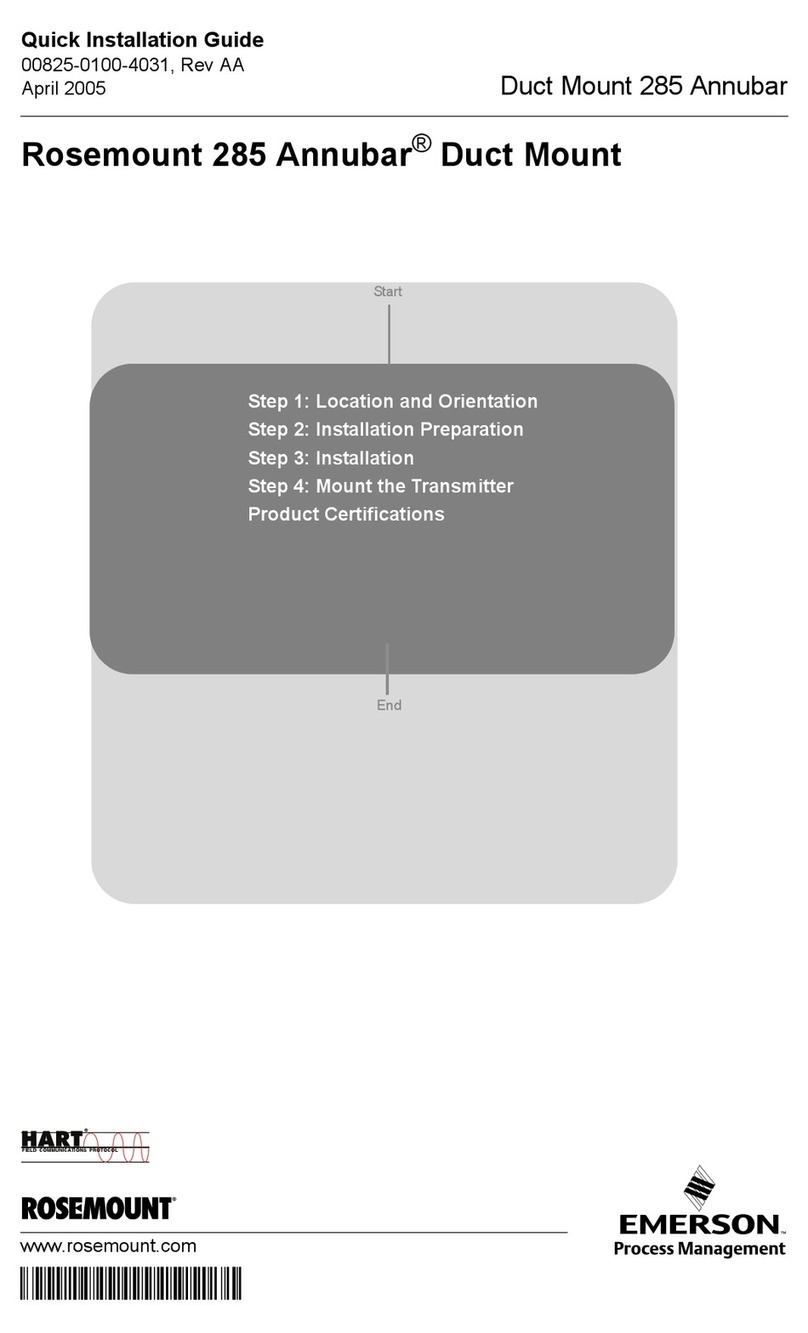June 2016
2
Quick Start Guide
1.0 About this guide
This Quick Start Guide provides basic guidelines for Rosemount 5300 Series
Transmitters. Refer to the Rosemount 5300 Reference Manual for more
instructions. Manuals are available electronically on
EmersonProcess\Rosemount.com.
Failure to follow safe installation and service guidelines could result in death or serious injury.
Make sure the transmitter is installed by qualified personnel and in accordance with applicable code of
practice.
Use the equipment only as specified in this Quick Start Guide and the Reference Manual. Failure to do so
may impair the protection provided by the equipment.
Any substitution of non-authorized parts or repair, other than exchanging the complete transmitter head
or probe assembly, may jeopardize safety and is prohibited.
Explosions could result in death or serious injury.
Verify that the operating environment of the transmitter is consistent with the appropriate hazardous
locations specifications. See “Product certifications” on page 23.
To prevent ignition of flammable or combustible atmospheres, disconnect power before servicing.
Before connecting a HART®, FOUNDATION™ Fieldbus, or Modbus®based communicator in an explosive
atmosphere, make sure the instruments in the loop are installed in accordance with intrinsically safe or
non-incendive field wiring practices.
To avoid process leaks, only use O-rings designed to seal with the corresponding flange adapter.
Electrical shock can result in death or serious injury.
Avoid contact with the leads and terminals. High voltage that may be present on leads can cause electrical
shock.
Make sure the main power to the Rosemount 5300 Series Transmitter is off and the lines to any other
external power source are disconnected or not powered while wiring the transmitter.
Ground device on non-metallic tanks (e.g. fiberglass tanks) to prevent electrostatic charge build-up.
Probes with non-conducting surfaces
Probes covered with plastic and/or with plastic discs may generate an ignition-capable level of electrostatic
charge under certain extreme conditions. Therefore, when the probe is used in a potentially explosive
atmosphere, appropriate measures must be taken to prevent electrostatic discharge.
Eliminate the risk of ESD discharge prior to dismounting the transmitter head from the probe.
Probes may generate an ignition- capable level of electrostatic charge under extreme conditions.
During any type of installation or maintenance in a potentially explosive atmosphere the responsible person
should make sure that any ESD risks are eliminated before attempting to separate the probe from the
transmitter head.
Contents
Confirm system readiness (4-20 mA only) . . . . . . . . . . . . . . . . . . . . . . . . . . . . . . . . . . . . . . . . . . . page 3
Mount transmitter on tank . . . . . . . . . . . . . . . . . . . . . . . . . . . . . . . . . . . . . . . . . . . . . . . . . . . . . . . . page 4
Connect the wiring . . . . . . . . . . . . . . . . . . . . . . . . . . . . . . . . . . . . . . . . . . . . . . . . . . . . . . . . . . . . . . . page 9
Configure . . . . . . . . . . . . . . . . . . . . . . . . . . . . . . . . . . . . . . . . . . . . . . . . . . . . . . . . . . . . . . . . . . . . . . page 17
Safety Instrumented Systems (4-20 mA only) . . . . . . . . . . . . . . . . . . . . . . . . . . . . . . . . . . . . . . . page 19
Adjust probe length . . . . . . . . . . . . . . . . . . . . . . . . . . . . . . . . . . . . . . . . . . . . . . . . . . . . . . . . . . . . . page 20
Product certifications . . . . . . . . . . . . . . . . . . . . . . . . . . . . . . . . . . . . . . . . . . . . . . . . . . . . . . . . . . . . page 23
